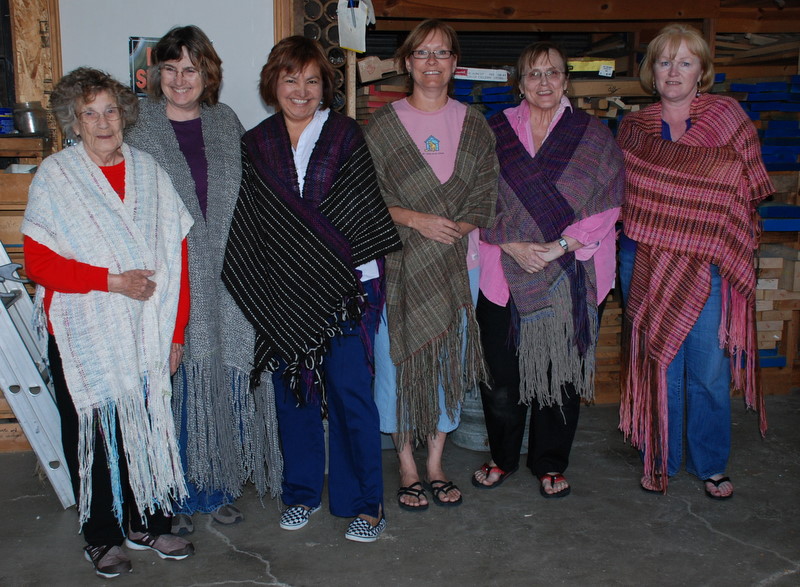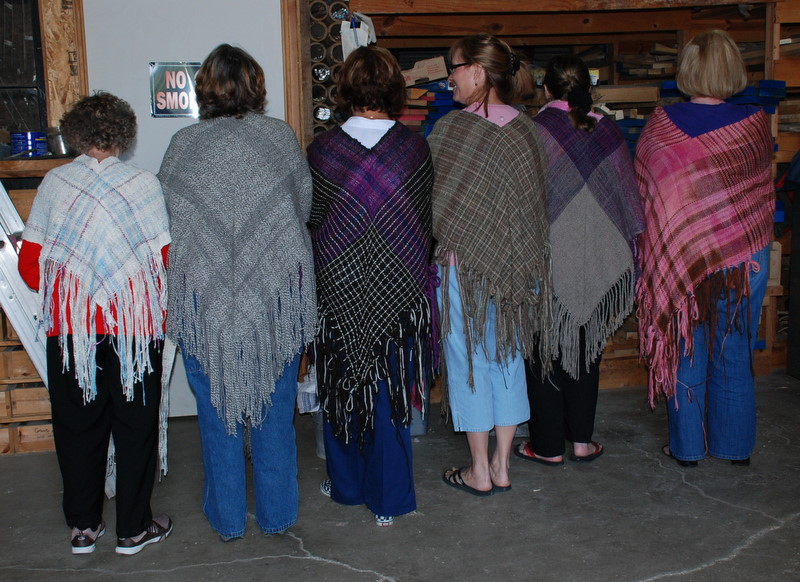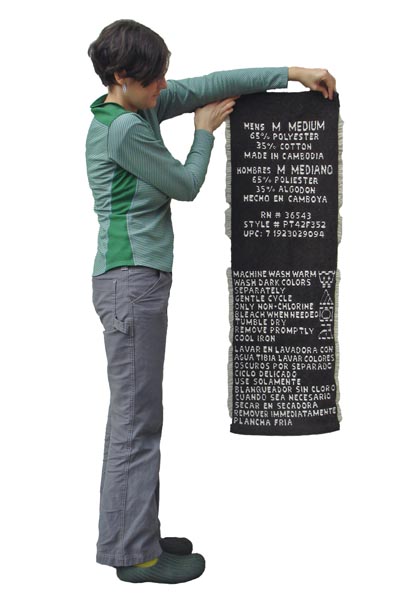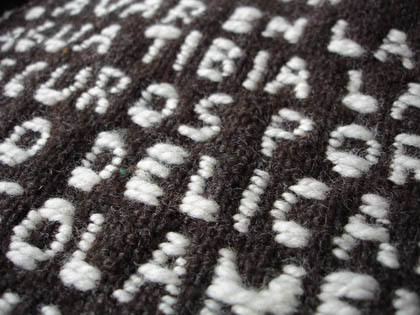Community Cloth Celebration
/I have posted before about Rebecca Burgess's Fibershed project. Rebecca made a personal commitment that for a year she would wear only clothes that originated within 150 miles of her front door. Think about it. That's not an easy task. This project is still ongoing, but yesterday there was a celebration of the project and of Community Cloth , an effort to build the first farm-based cotton mill in the U.S. To have a viable "Fibershed" there must be a source of fine threads so that we can create cloth for t-shirts, jeans, and "regular" clothes, not just the kind of garments that most of us think of when we knit or weave. It is exciting that it is happening right here in northern California on Sally Fox's organic cotton farm. I drove over to Point Reyes Station with 3 friends. Here are some photos of our evening.
The event was held at Toby's Feed Barn, originally a feed store and still a feed store, but also an event center and gift shop. Chris and Diane and I wandered around town for a little while before the event officially started.
There was great music all evening.
I provided a blanket and a lambskin for the silent auction.
Diane, Chris, and Shelby enjoying before-dinner beverages.
When it was announced that those people wearing their own hand-made garments would be first in line at the food table we all put our outerwear back on.
Check out this bicycle-powered drum carder. The power-source for the new mill will be the sun, not bicycles!
The highlight of the evening was the fashion show. Models wore clothing created by local designers from local fibers for Rebecca's Fibershed project as well as many natural-colored cotton garments sewn from Sally's cotton fabric stash. This is the sweater knit from Meridian Jacobs 2-ply yarn. Note the straw-bale runway!
This model is wearing natural-colored cotton garments. The slide show in the background was going on throughout the event. Paige Greene is a fabulous photographer and she, being the daughter-in-law of a fiber grower, has documented the project from it's inception.
Those are my rams looking on as another model passes by.
Great event, great friends, and you know what is really great? There is so much enthusiasm, especially from people younger than me. I want to keep producing fiber, teaching about fiber, weaving, but not only do I not have time to adequately market my products, I don't have the energy to think about it or the expertise to do it successfully. There are people out there who appreciate what people like me are doing and want to help!
















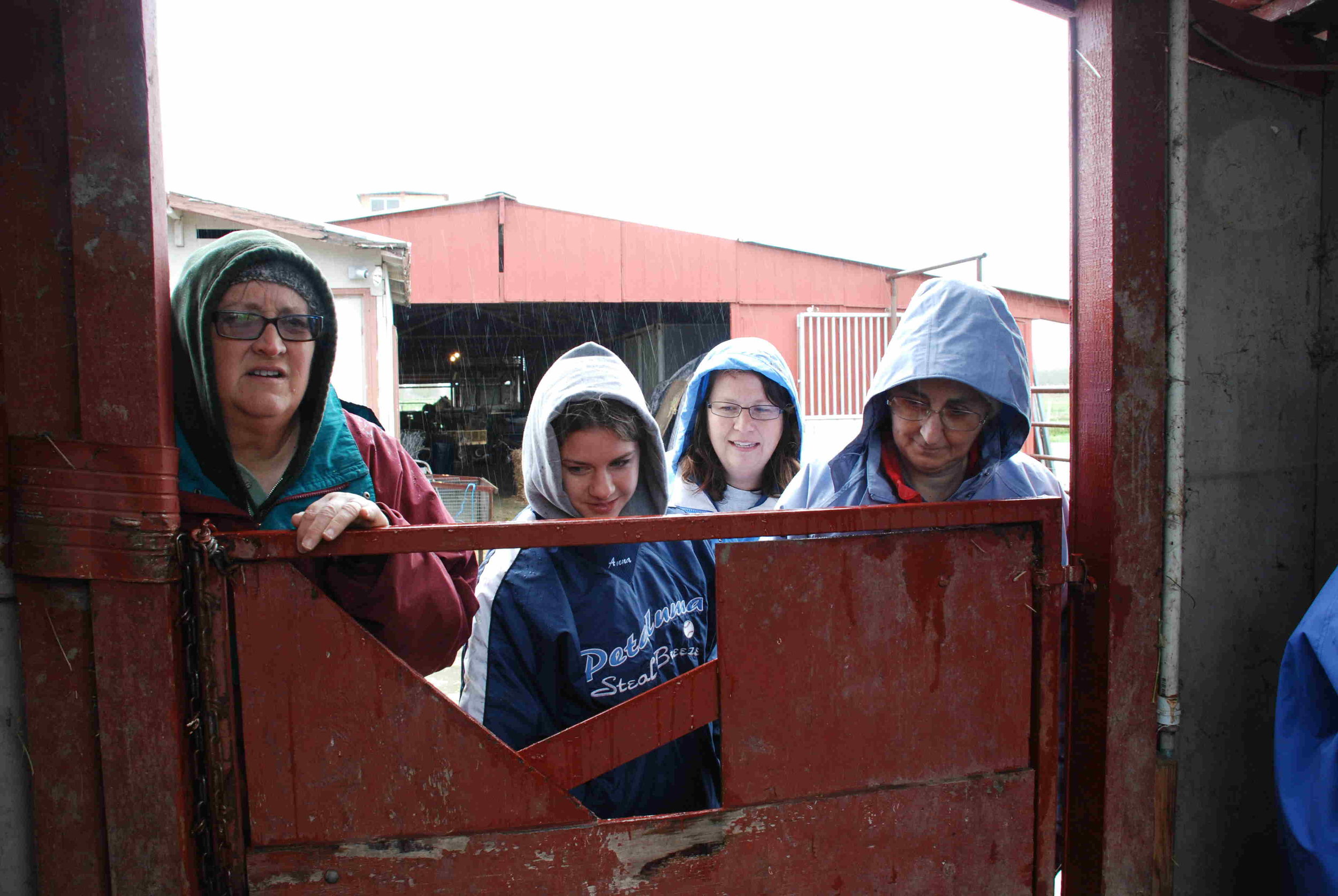





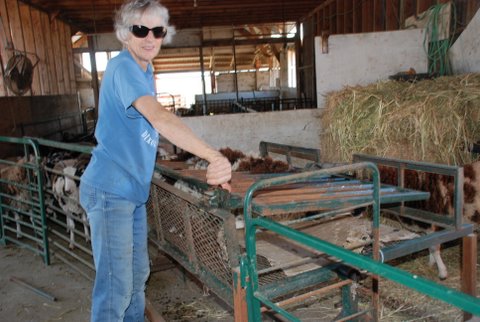

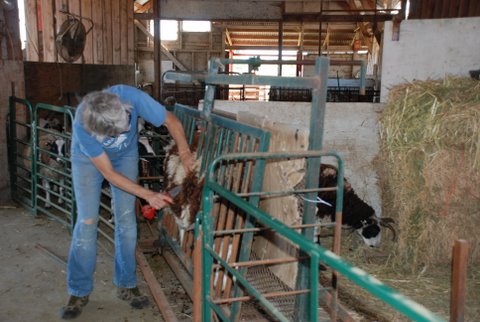








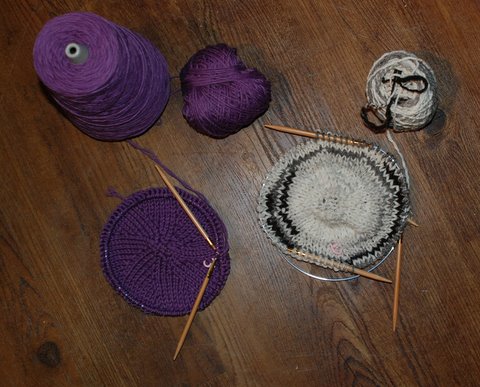









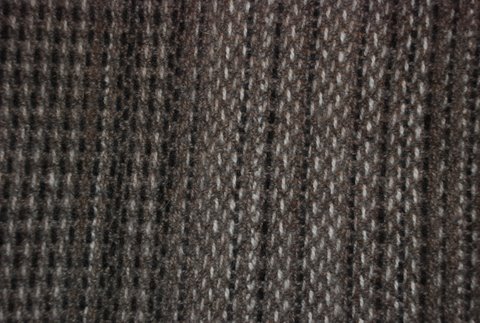
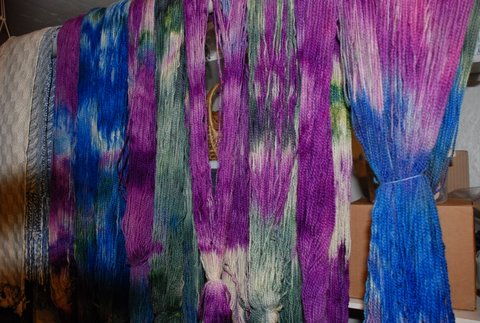
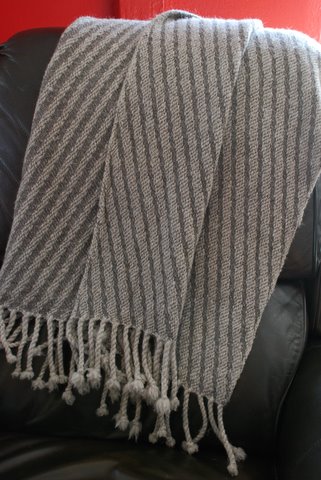
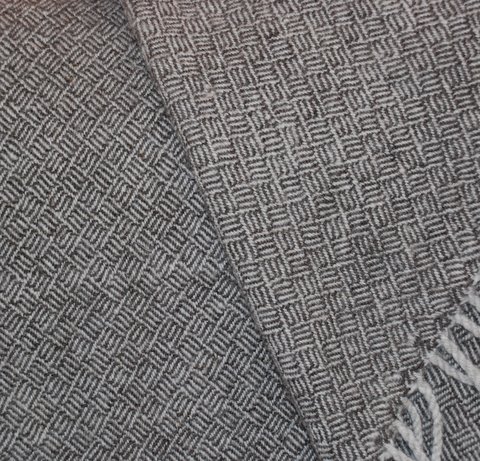
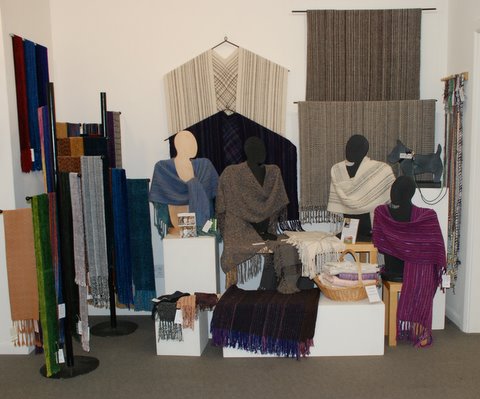


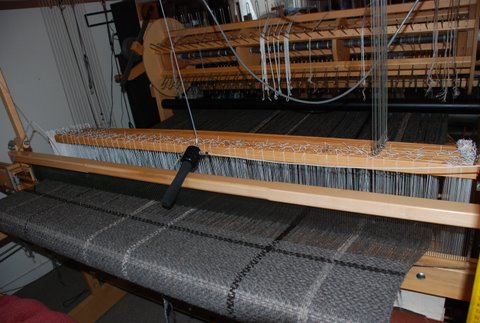
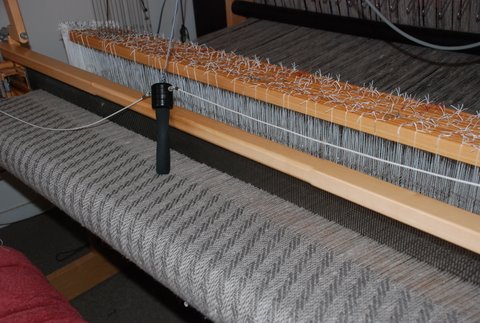

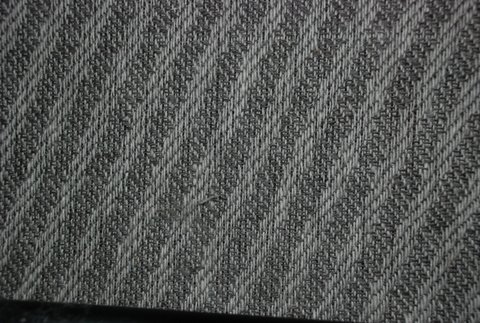



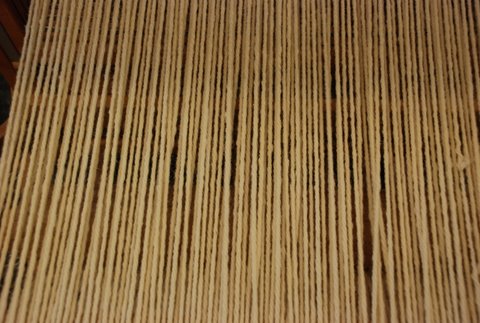


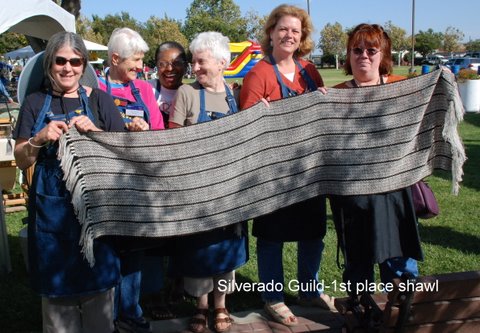
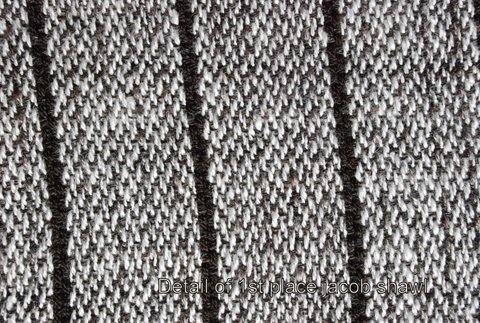
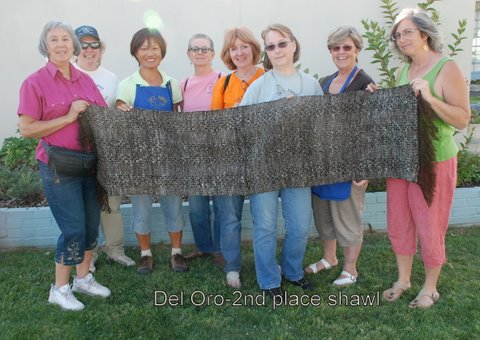

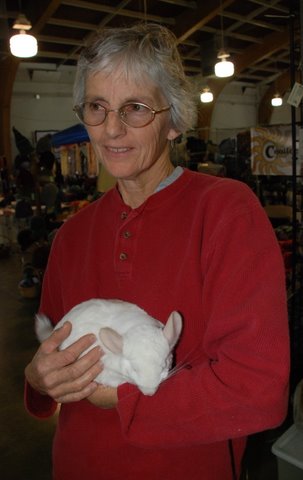
 I have started to work on the projects that are backed up from BBA (before broken arm). This is a Jacob wool blanket for a local Jacob breeder. The wool was spun at Yolo Wool Mill. It's very open right now at 4 epi but I have notes from the last blanket I did using this yarn and the blanket came out great. I'm keeping my fingers crossed. But now I'll have to wait a week (at least). I'm leaving in the morning for Michigan and Vermont! I'll take photos!
I have started to work on the projects that are backed up from BBA (before broken arm). This is a Jacob wool blanket for a local Jacob breeder. The wool was spun at Yolo Wool Mill. It's very open right now at 4 epi but I have notes from the last blanket I did using this yarn and the blanket came out great. I'm keeping my fingers crossed. But now I'll have to wait a week (at least). I'm leaving in the morning for Michigan and Vermont! I'll take photos!